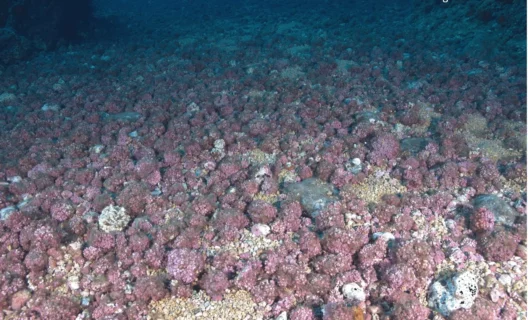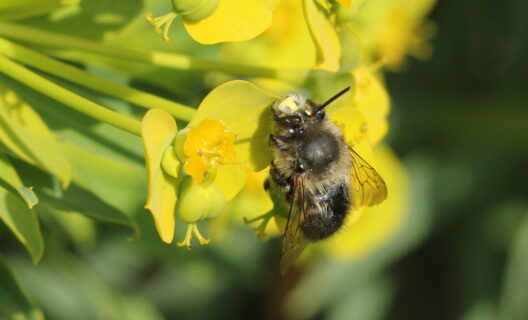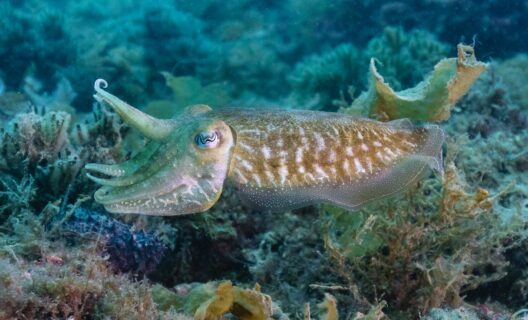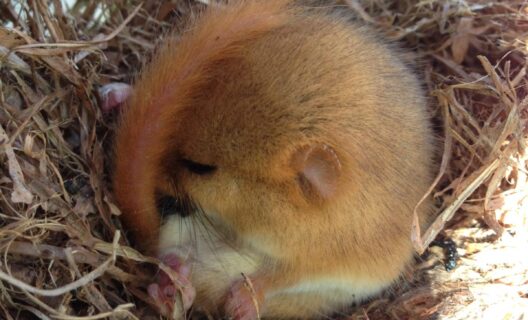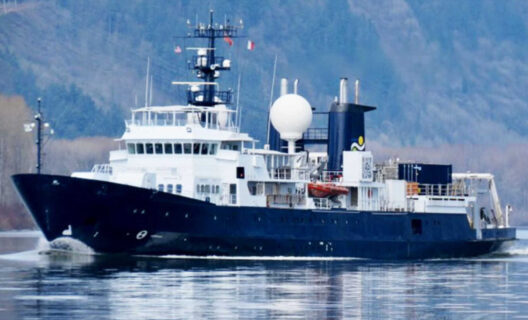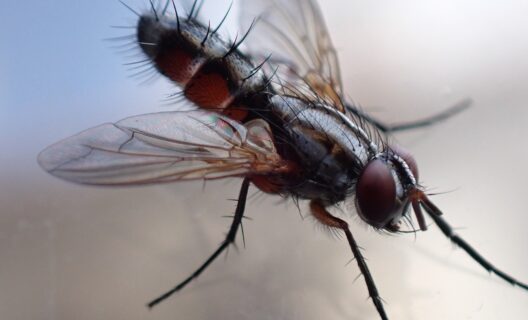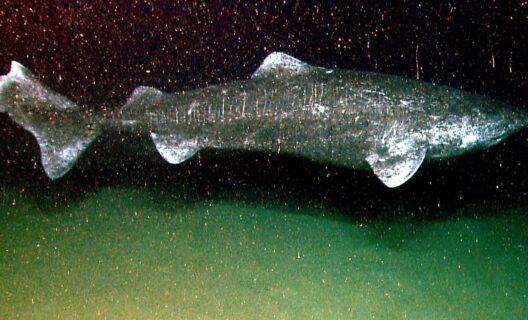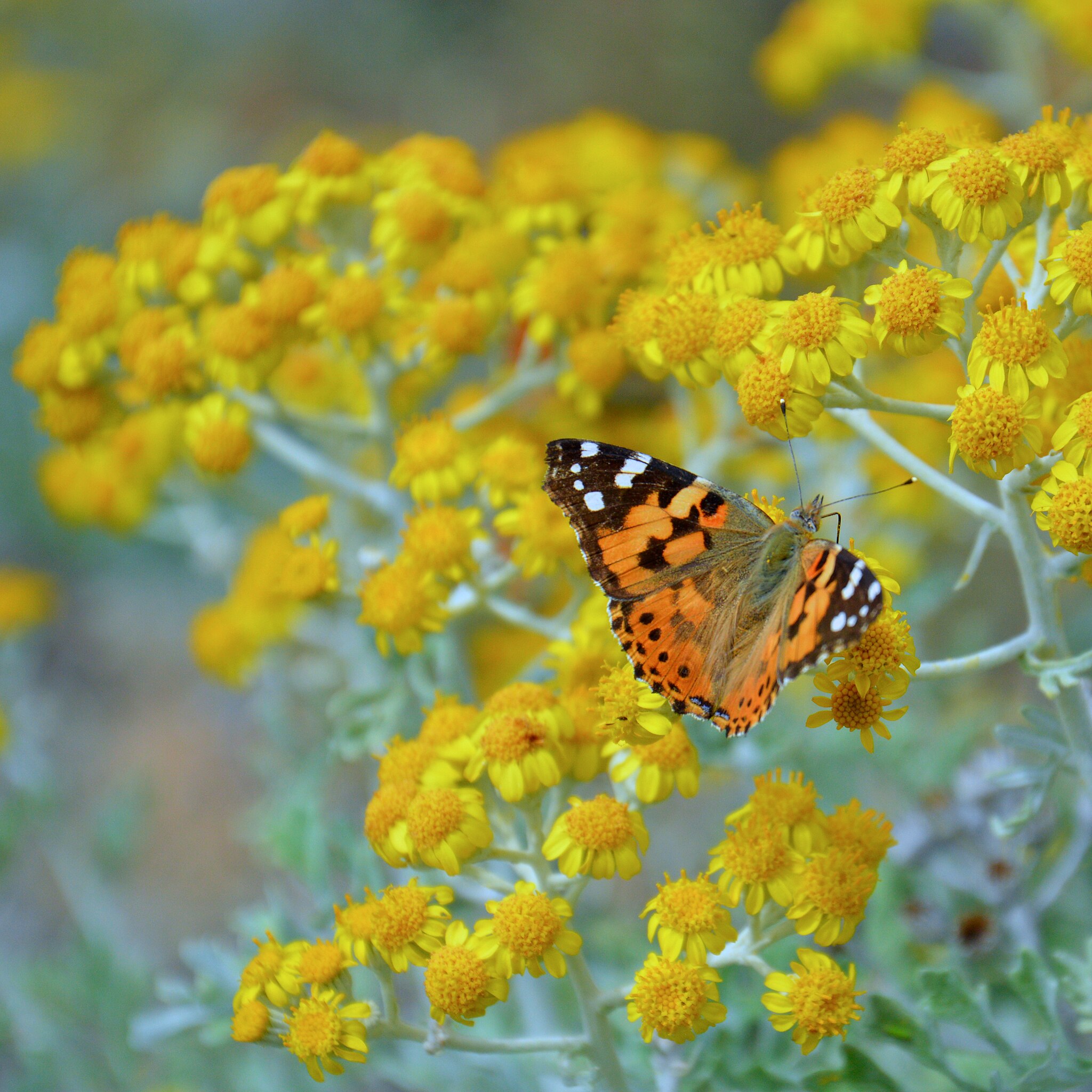

Reading time
0 min
Widespread on all continents, the thistle vanessa is capable of extraordinary migrations
A study published in Nature Communications, conducted by an international research team, confirms the extraordinary ability of thistle vanessa butterflies(Vanessa cardui) to undertake transatlantic migrations.
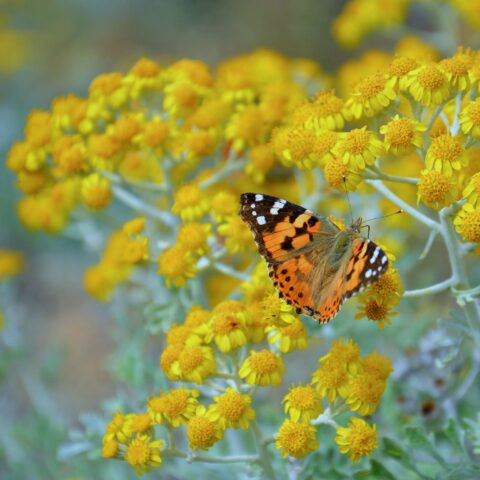
""
A journey over long distances
This lepidopteran, known for its migratory abilities, is widespread practically all over the world. However, it did not count on a stable population in South America-at least until their swarm was found on the coast of French Guiana in October 2013.
The mystery was their origin. Prior to this research, there was only weak evidence and fragmentary observations regarding the ability of these insects to cross the Atlantic Ocean. Thus, the specimens found could have come from either North America or Africa or Europe.
""
In search of a starting point
The researchers first captured some of the insects that had arrived in South America, which showed signs of a long journey (damaged wings and resting behavior in the sand). They then reconstructed, using an atmospheric dispersion model, the wind trajectories: in the two days prior to capture, these had been exceptionally favorable for a transatlantic migration from West Africa.
The study then focused on genetic analysis. DNA from butterflies captured in South America was compared with that of other thistle vanessas from Europe, Africa and North America-which showed a clear affinity to European and African insects, and ruled out North American origin.
Further confirmation then came from analysis of pollen found on the butterflies’ bodies. Among the plant species identified, two(Guiera senegalensis and Ziziphus spina-christi) are endemic to the Sahel region of West Africa. The scientists deduced that before crossing the Atlantic, the butterflies had been feeding in West Africa.
Finally, two isotopes found in butterfly wings (hydrogen and strontium) were analyzed. Comparing these data with geographic distribution maps of the isotopes, the scientists estimated Western Europe (particularly Portugal, France, Ireland, and the United Kingdom) and West Africa (Mali and coastal regions of Senegal and Guinea-Bissau) as possible birthplaces.
The latest piece to confirm this hypothesis comes from the development of mathematical models developed to test the feasibility of a transatlantic flight. According to these, a nonstop voyage from West Africa to South America, lasting an estimated 5 to 8 days, was likely made possible by the assistance of favorable winds and the use of a “minimum effort” flight strategy for most of the journey.
This study has important implications for understanding the dispersal ability of insects, their role in biogeography, and the possible consequences of climate change on their distribution.
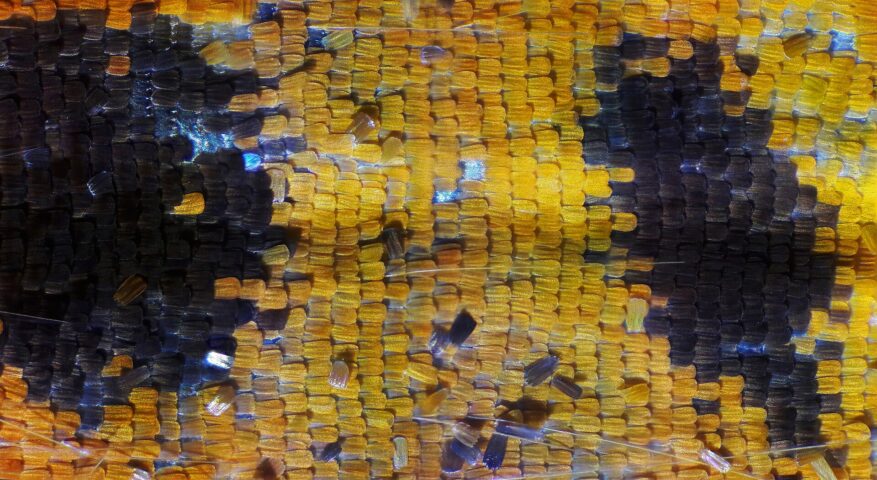
The journey goes on
Every story paves the way for the next: discover where biodiversity takes you


